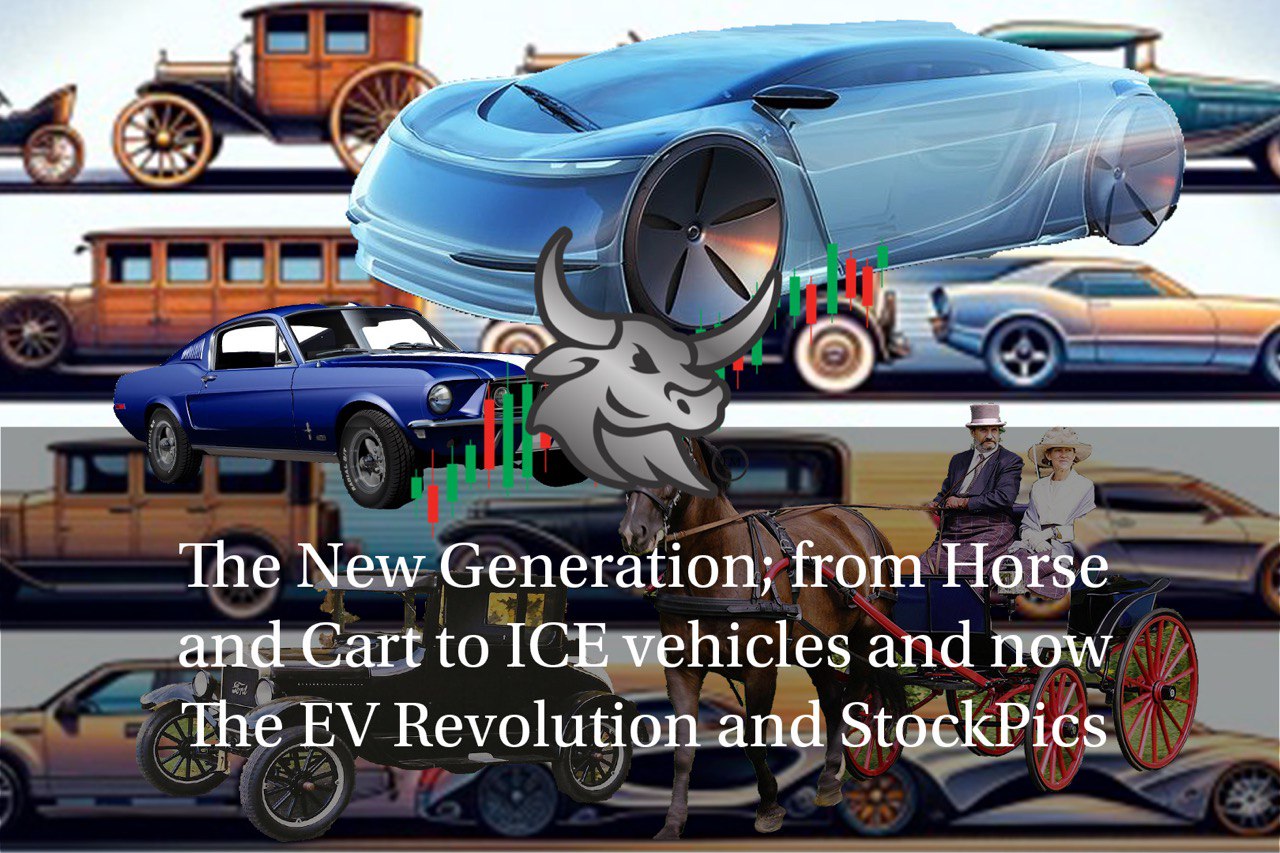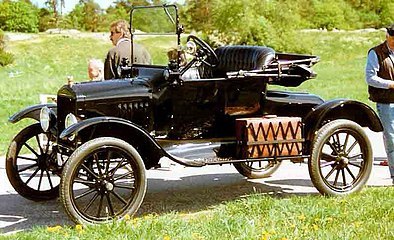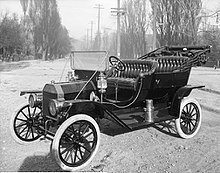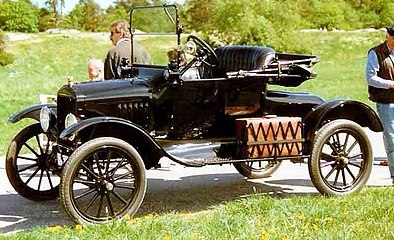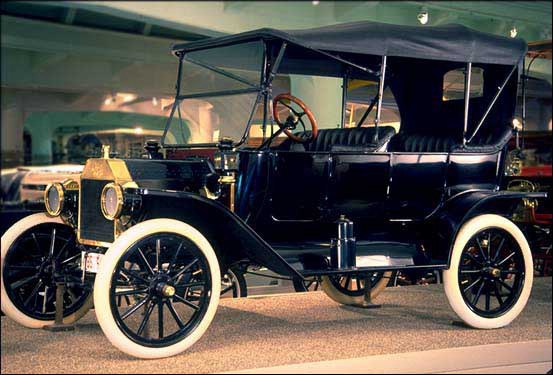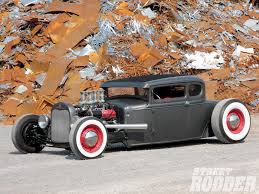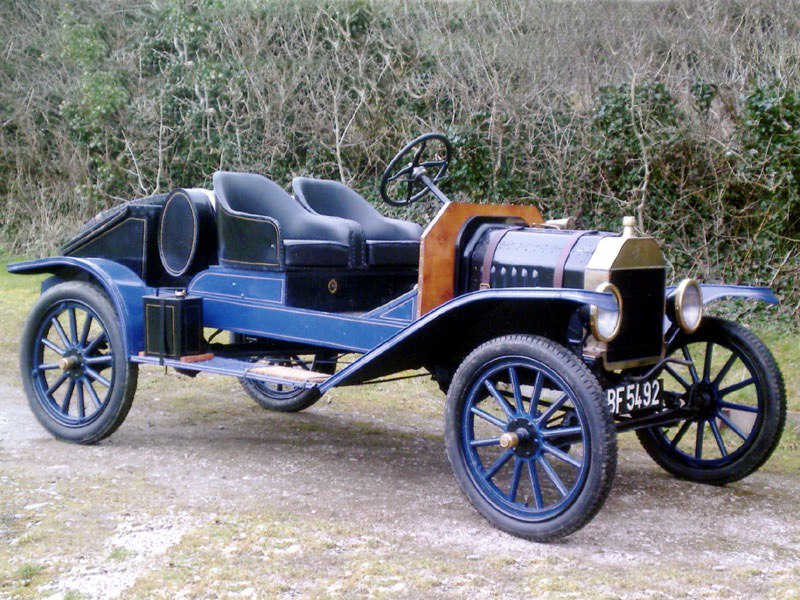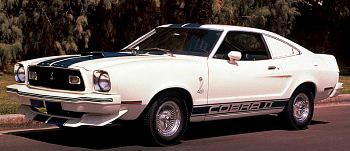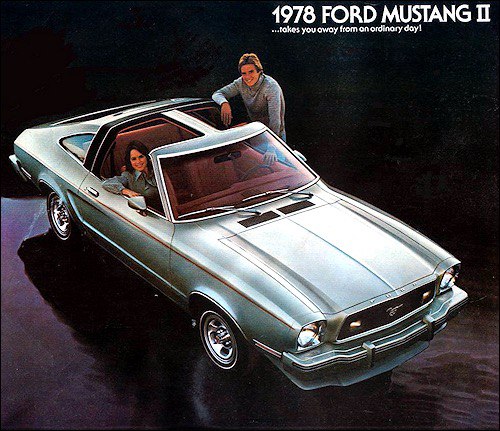2 of 6: A six (6) Article Series On The Evolution of the Automobile, From ICE to EV Powered Vehicles by 2035, The Transformation Years and Dependence on Lithium Powered Batteries!
Introduction: In the early 20th century, one man’s vision revolutionized industry, reshaped society, and created a new economic class. This is the story of Henry Ford and the assembly line.
Chapter 1: The Birth of the Assembly Line Henry Ford, born in 1863, was a pioneer who saw the potential to make automobiles affordable for the masses. In 1913, he introduced the moving assembly line at his Highland Park plant in Michigan, a groundbreaking method that transformed manufacturing. This innovation brought together a series of efficiency-enhancing techniques, including standardized parts, continuous flow, and labor specialization.
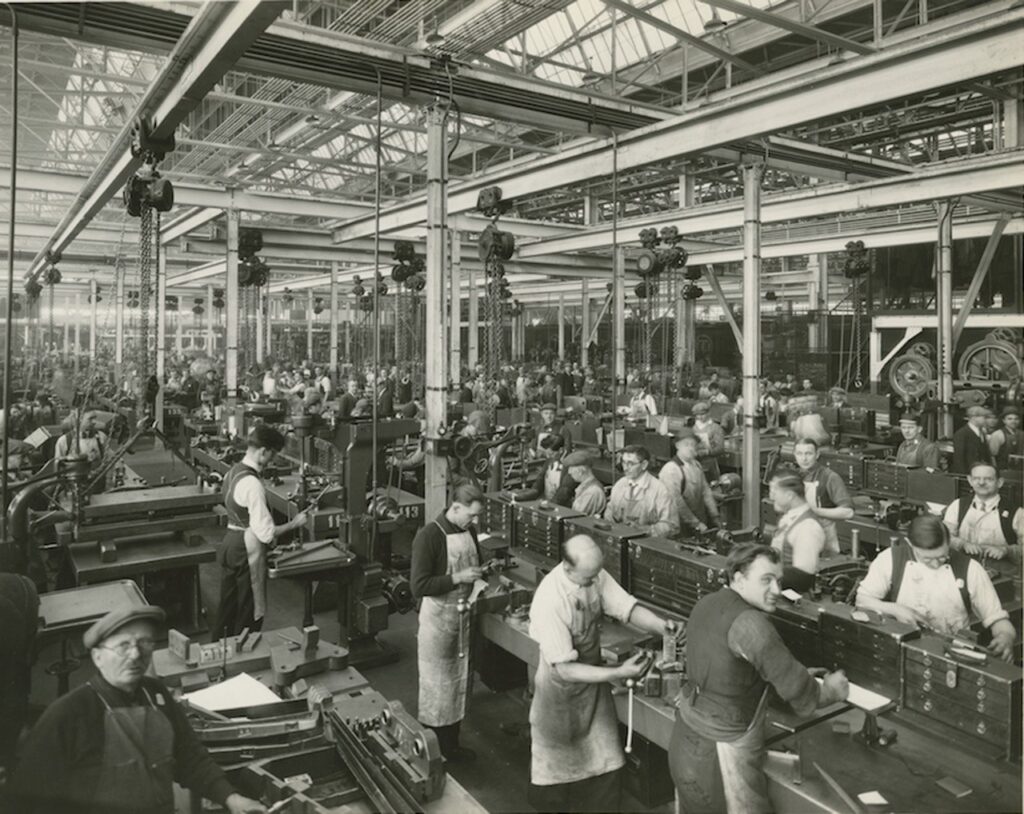
Chapter 2: Revolutionizing Industry The assembly line drastically reduced the time required to build a car from over 12 hours to just about 90 minutes. This efficiency not only revolutionized the auto industry but also set new standards for manufacturing across all sectors. By focusing on standardization and streamlined production, Ford’s method allowed for significant cost reductions and increased output.

Call me for a free estimate in the Greater Montreal Area.
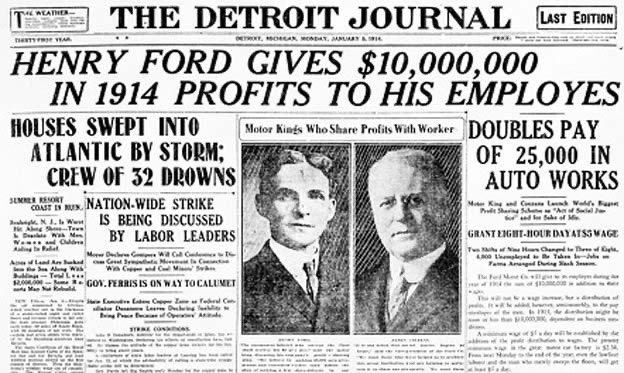
Chapter 3: The Creation of the Middle Class Ford’s innovations didn’t just transform manufacturing; they reshaped society. In 1914, Ford introduced the unprecedented 8 hour day at $5-a-day wage, more than doubling the average wage in the auto industry with shorter work hours. This move reduced worker turnover, boosted morale, and increased productivity. Higher wages enabled workers to afford the products they made, fostering a consumer-driven economy and contributing to the rise of the middle class.
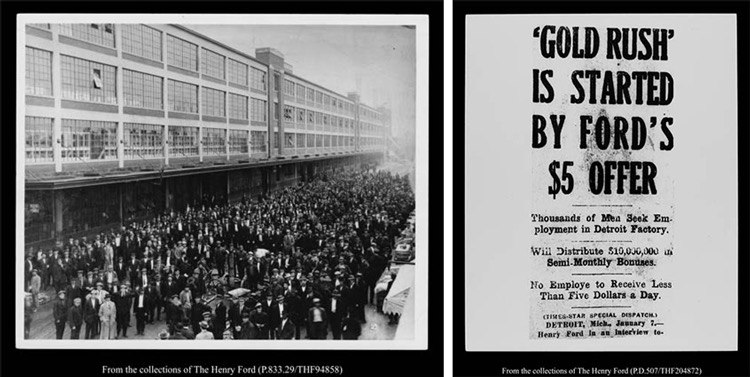
Chapter 4: Education and Community Development Ford believed in the power of education and community. He established schools for his workers’ children and even those that did not work for him and had enrolment initiatives and built communities around his factories, fostering a sense of belonging and stability. The founding of Ford schools and housing developments like Fordlandia reflected his commitment to improving the quality of life for his employees and their families.

Chapter 5: Economic Impact and GDP Growth Ford’s vision had far-reaching economic impacts. The rise of the automobile industry contributed significantly to the United States’ GDP, fostering growth in related sectors like steel, rubber, and oil. The economic ripple effect of the automotive industry and increased consumer spending stimulated the economy, driving infrastructure development and expanding markets.

Chapter 6: Legacy and Lasting Influence Henry Ford’s legacy endures in the principles of modern manufacturing and the ongoing evolution of the automobile industry. His contributions laid the foundation for the prosperity and innovation we experience today. Innovations inspired by Ford’s methods, such as lean manufacturing and automation, continue to shape industrial practices and drive technological advancements.
Conclusion: Henry Ford’s impact on the world extends beyond the automobile. Through innovation, vision, and a commitment to progress, he helped build the foundations of the modern industrialized world and the middle class. His legacy continues to drive us forward, influencing manufacturing, economic development, and societal progress.
Next in the Series: “The Golden Age of Automobiles: Powering the American Century” In the next article of this series, we delve into the golden age of the American automobile industry, exploring its profound impact on the U.S. economy and global influence. We’ll examine how Detroit became the epicenter of automotive innovation, the cultural significance of American cars worldwide, and the economic shifts triggered by the oil crises and the establishment of the Petrodollar system. Join us as we explore how the automobile not only drove economic growth but also cemented America’s position as a global industrial powerhouse.


